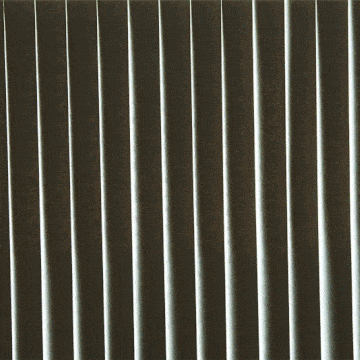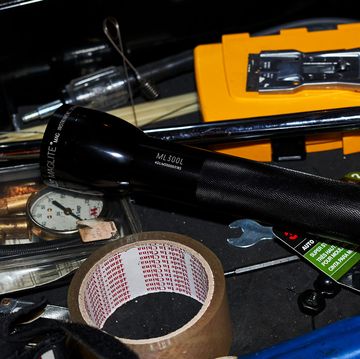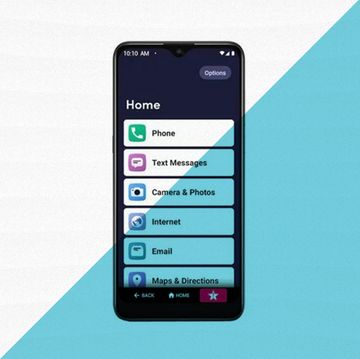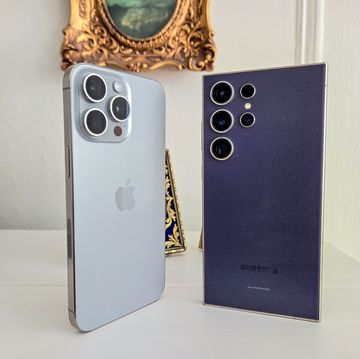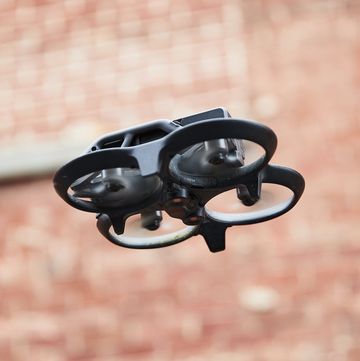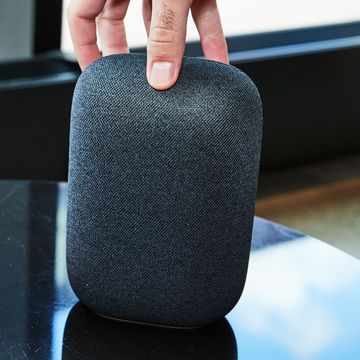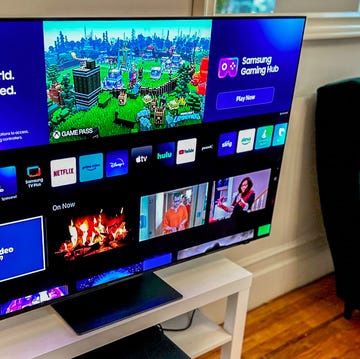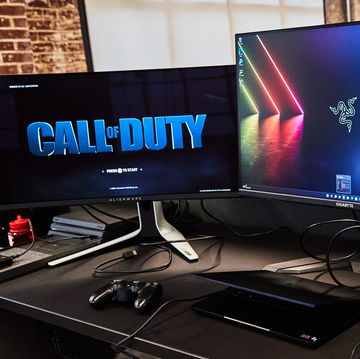A bright blue Subaru XV Crosstrek pulls up to the curb, and there's little doubt that this is the one I've been waiting for. A massive LIDAR (Light Detection and Ranging) sensor sits on the roof, spinning a metallic probe to capture 3D mapping data in real-time. Four wide-angle lenses, like the black eyes of a bug, peer in all directions. There's a flashy world map painted on the side of the car, along with the word "Here."
Let's just say the car sticks out in a parking lot in Fargo, N.D.
I'm here because Fargo is the home of the Nokia Here technical center, the place that processes the mapping imagery and data for the Here mapping service. About 230 employees are hard at work to make sure a stop sign halfway across the country on Embarcadero Street in San Francisco is located in exactly the right place on a 2D map, that the street level photos show how difficult it is to find the highway on-ramp for the bridge (seriously, it's not easy), and that the travel time up to Berkeley with traffic really is about 25 minutes, just as Here promises.
Nokia, of course, isn't the only company driving around in conspicuous cars to constantly collect geographic data about the real world. But I wanted a close look at how big mapping data works, and they let me hop in and ride along.
96 Megapixels
The XV Crosstrek is strewn with an array of gadgets. I'm sitting in the back seat because the passenger's seat up front is occupied by a container housing a computer that processes about 100 GB of data per day. The roof cameras capture 96 megapixels (24 per camera) as the vehicle drives—up from 68 MP last year. Nokia has about 200 of these Here cars scouring the Earth every today, capturing data at a higher resolution than Google Street View cars. The ultimate goal: Map the world with greater precision.
I have to tell you, there's nothing quite like driving in a car with a six-foot LIDAR on the roof. Onlookers stare in wonder and bewilderment.
Sitting on a driver-friendly mount is a Microsoft Surface 2 tablet the technician uses to control the software. The tab tells the driver his or her route for the day and can quickly mark construction zones and problem areas. The Fargo operations center monitors all cars and can send messages to the driver by phone or e-mail; those messages pop up on the screen. No Skype, though. Fight driver distraction.
The first thing you notice about the drive is how tedious this job can be. The technician drives at low speeds around every block, every corner, and every alcove. After 20 minutes, though, I realize there's something almost relaxing and Zen about this kind of driving. You don't have to deliver anything, you're always alone, and you're surrounded by high-tech equipment. As you drive, the route fills in as it is completed automatically. (The technician mentions that you can capture the data at any speed, though).
The LIDAR and HD cameras can record data up to 230 feet away from the vehicle. The roof-mounted GPS receiver reports on the car's exact location within a few inches. An Inertial Measurement Unit records the car's exact coordinates on the road and its attitude (yaw, pitch, roll). It doesn't miss much.
After about 30 minutes, we drive roughly 10 blocks in the Fargo area and return to the technical center. The driver hands me a 1 TB hard drive as a cursory gesture; I hand it over to the Nokia rep. She smiles and shakes her head a little. Not on her watch.
The Autonomous Era
It turns out that processing this data capture requires a vast army of mapping specialists.
For one thing, the street level imagery is not always pristine. A few dozen employees work on touching up the wide-angle 360-degree photos, sometimes removing sun glare or fixing a lens anomaly or two. The software automatically obscures faces and license plates. Next, another team uses the GPS mapping data and corrects "attributes" like stop signs, lane markings, and speed limit signs. Nokia says its team can correct about 438 kinds of attributes.
After that, another team takes over and starts comparing the results from the data captures to other sources, such as government databases and city maps. Yet another team verifies that the mapping data is accurate and goes through an approval process using something called a Hitchhiker's Guide (yes, from the television show) to look for any anomalies. In one example, a technician showed he how it creates an alert when he removes a road—so no funny business, guys. These steps happen before any of the mapping data goes live.
Why all of the fuss? Obviously, job one is to give drivers the most accurate info, and every company in the mapping game wants to claim it's got the best data. However, the importance of correct, constantly updated data is only growing more important as we enter the age of the autonomous car. This kind of mapping information will one day guide self-driving cars, so it had better be right about exactly where the lanes are divided, where stop signs are located, and where the curb is. Someday, that 2017 Cadillac CTS might be able to drive using the HD map data on its own.
Back out on the curb in front of the Nokia office, I'm a bit overloaded with data myself. I need a reboot. The Nokia Here team seems to recognize that they've uploaded quite a bit of information. I climb into my own car and fire up a map for Culvers. Done.





